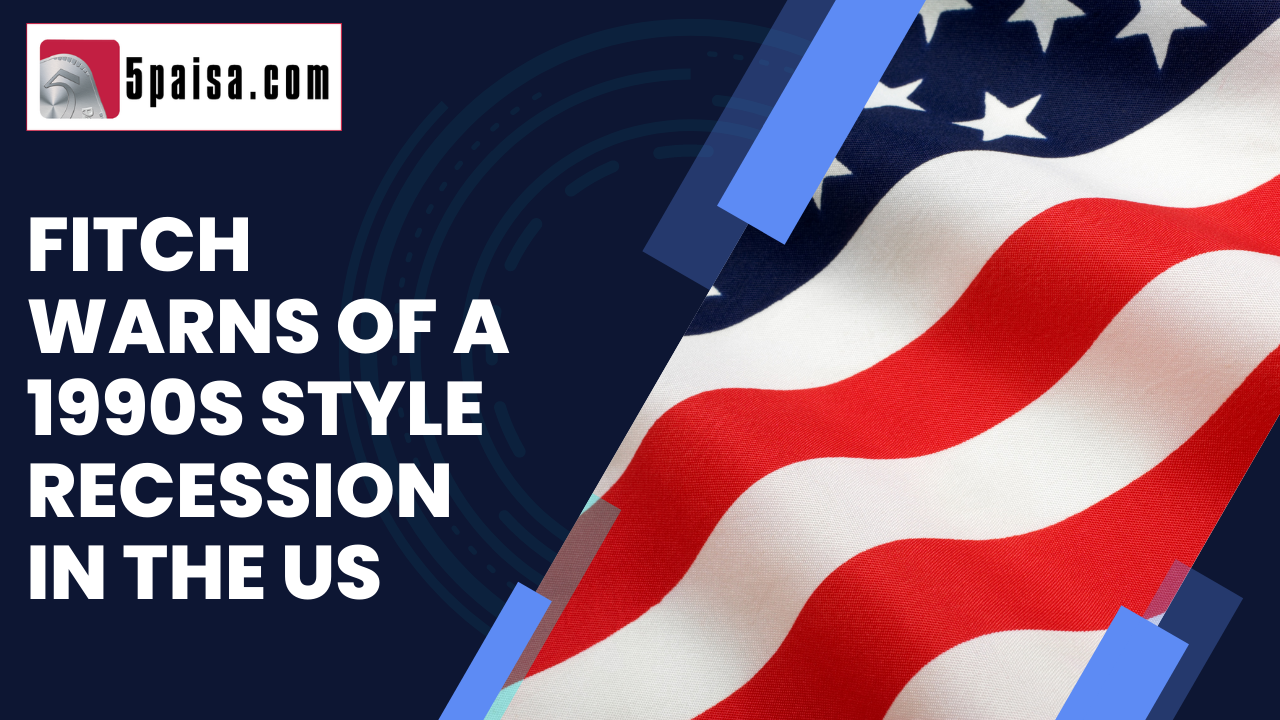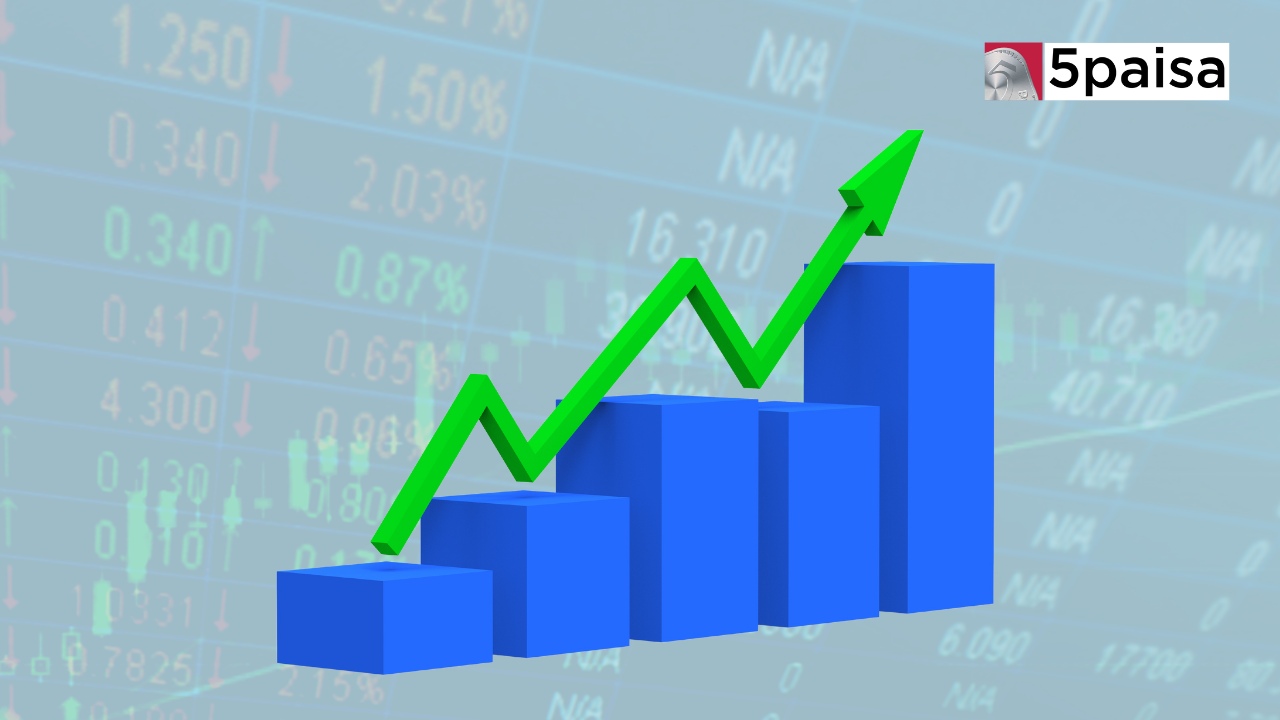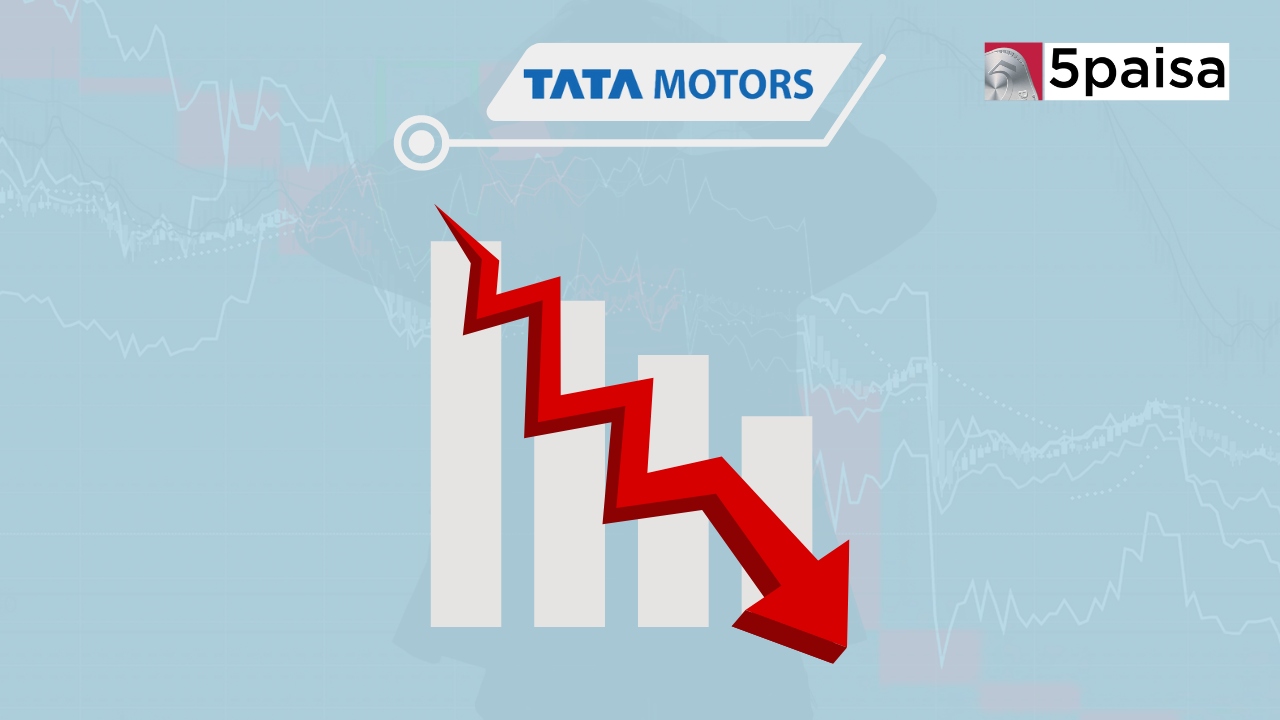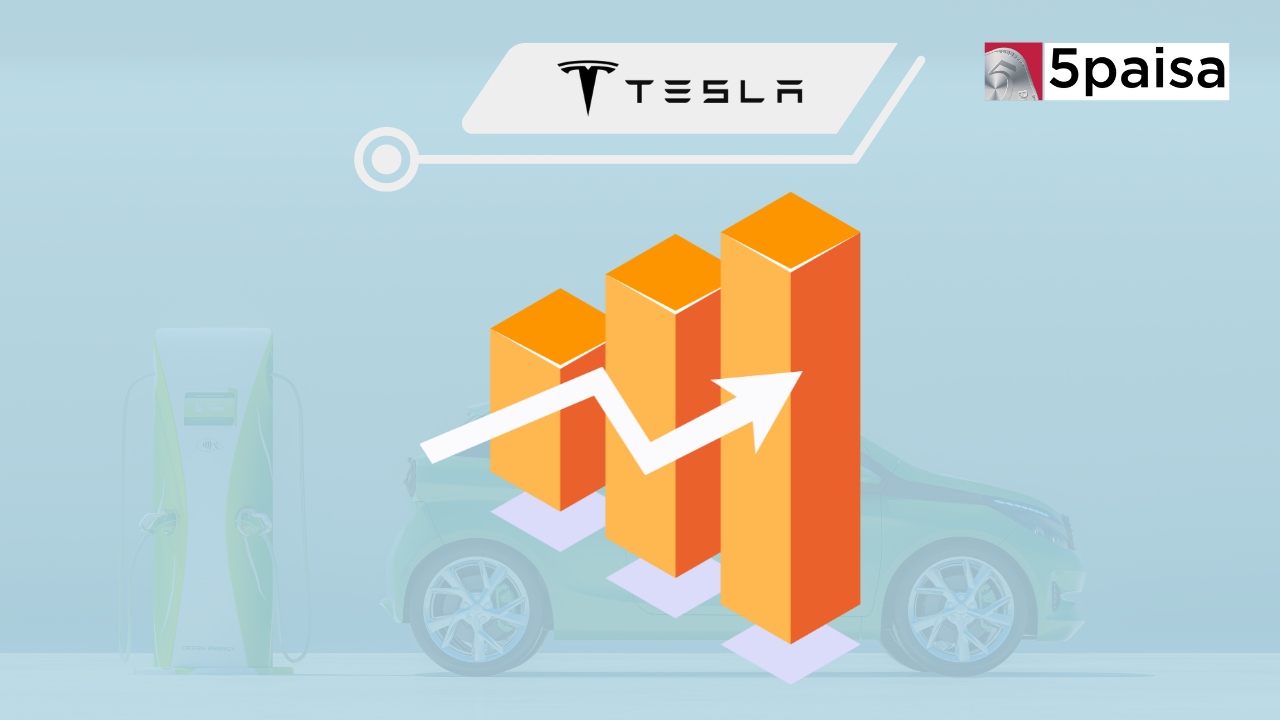FIIs Invest $1 Billion in IT, Divest from Financial Services
Fitch warns of a 1990s style recession in the US

Last Updated: 12th December 2022 - 02:03 pm
Recession warnings in the US having been doing the rounds for quite some time now. The question is; how severe would be this recession. Would it be unforgiving like the recession post 1929 (lasting for over 40 months) or would it be a relatively hard inflation like 1973 or 1981 (lasting for about 20 months). According to global rating agency, Fitch, the US economy could see a recession that would more akin to the recession of 1990 and 2001, which lasted for about 7-8 months and then were back to normal. That may still be bad, but it will not leave long term wounds like the US saw post the thirties.
According to Fitch, the US central bank firstly went too accommodative to bring the US economy out of the throes of a slowdown post COVID. Then it delayed getting hawkish for a long time, hoping that once the supply chain constraints ease, then inflation would also ease. However, that was not to be. Eventually, when the Fed did embark on rate hikes, it was absolutely aggressive. Fed has already hiked rates by 75 bps on 3 consecutive occasions and looks set for another one or two rounds of 75 bps rate hikes. According to Fitch, this combination of high inflation and aggressive rate hikes could combine to trigger a recession.
Fitch has also cut the real rate of growth for the year 2023 by 100 bps from 1.5% to 0.5%. This is due to the ultra-aggressive inflation fighting campaigns by the Fed. The Fed had been trying to manage the rate hikes without pushing the US economy into a hard landing. Now that is starting to look increasingly impractical. According to Fitch, high inflation would prove too much of a drain on the savings of households across America. This is likely to result in a shrinkage in consumer spending; not great news for the US economy, which still relies on domestic consumer spending to drive more than half of its GDP growth.
But, every cloud has a silver lining
While the US is almost likely to dip into an inexorable recession, the good news is that the coming recession may not be as destructive as the last two major recessions seen in the US. In comparison, the recession this time is likely to be shorter. One important factor pointed to by Fitch is that the average American consumer and spender is entering this recession in a much healthier shape. Consumers are not saddled with quite as much debt as in the past and the US household finances are not as vulnerable as they were in the year 2008. Also, unlike the sub-prime crisis of 2008, there are no signals of an overheating housing market.
What does Fitch expect the 2023 US recession to be
Clearly Fitch does not expect the 2023 US recession to be anywhere as bad as the 2008 recession that lasted for over 20 months. Here is what Fitch does expect.
a) Unlike in the COVID scenario, wherein the jobless rate spiked to over 15%, in the US 2023 recession, Fitch just sees the rate of unemployment rising from 3.5% to 5.4% by the year 2024. That is above the full employment rate of 3.5%, but nowhere close to the worrying levels seen in 2020 or post the Great Depression.
b) Fitch believes that the strong labour market would cushion the US economy from any negative shocks. For instance, this is the strongest labour market in the US in many decades and the supply of workers is still out of sync with the demand for workers. Attrition continues to be high and that shows labour has bargaining power.
c) There are a number of similarities that peg the US economy in 2023 closer to the US economy in 1990-91. Even in the early 1990s, the Fed tried a bit too hard to fight inflation and that tightening caused inflation at that point of time. That is almost how it is now.
d) There are more similarities with the 1990 scenario. Back in 1990, the recession was preceded by an oil shock caused by Saddam Hussein invading Kuwait. This time around it is the oil shock caused by Russia invading Ukraine. It is this Russia Ukraine war that has triggered the spike in oil and consequent recession fears.
e) According to a survey conducted by the Wall Street Journal, the probability of the US economy dipping into a recession was as high as 63% next year. One big difference is that the US government today has a $9 trillion Fed balance sheet to worry about, something they have not been unwind since the global financial crisis.
It is still not clear if there would be a recession, but Fitch almost considers that inevitable. A combination of the worst pandemic in a century, bloated central bank balance sheet, relentless inflation, falling growth and Europe in turmoil makes a classic test case for another US recession. One only hopes that it is mild and not too virulent.
Trending on 5paisa
Discover more of what matters to you.
Global Market Related Articles
Disclaimer: Investment in securities market are subject to market risks, read all the related documents carefully before investing. For detailed disclaimer please Click here.
 Tanushree Jaiswal
Tanushree Jaiswal




